As a BetterHelp affiliate, we receive compensation from BetterHelp if you purchase products or services through the links provided
The human body is a complex interplay of physical and emotional sensations, often intricately connected in surprising ways. One such intriguing connection exists between left arm pain and anxiety, a phenomenon that has intrigued both medical professionals and individuals alike. While left arm pain is commonly associated with heart-related concerns, it can also be a manifestation of the body’s response to anxiety and stress. In this exploration, we will delve into the fascinating relationship between left arm pain and anxiety, shedding light on the physiological and psychological factors that contribute to this intriguing interplay. Understanding this connection not only offers insights into our bodies’ intricate responses but can also help alleviate anxiety-related left arm pain and promote overall well-being.
Understanding Anxiety
Anxiety is a complex and pervasive human experience that can manifest in both physical and emotional ways. To fully grasp its nature, we can break down the topic into the following sections:
Defining Anxiety
Anxiety is a multifaceted psychological and physiological response to perceived threats or stressors. It encompasses both physical and emotional aspects.
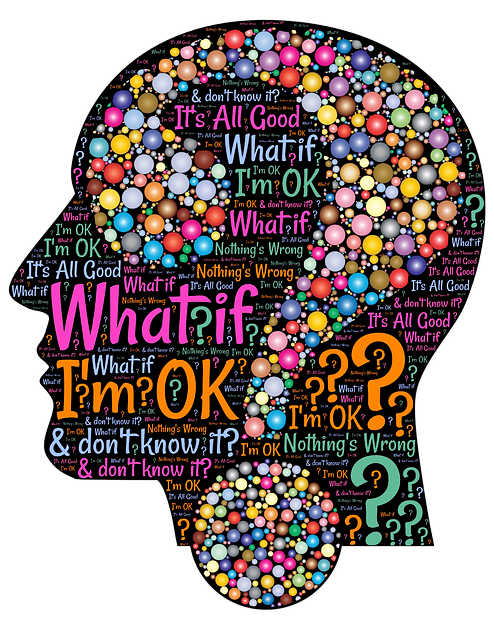
Also Read: How to Overcome Swallowing Anxiety: Tips for Regaining Confidence
Emotional Aspects
Anxiety involves a range of emotional experiences, including excessive worry, fear, restlessness, and a sense of impending doom. People with anxiety may feel on edge, irritable, and have difficulty concentrating. It often leads to negative thoughts and a heightened state of alertness.
Physical Aspects
On the physical front, anxiety can manifest as various symptoms, such as an increased heart rate, shallow breathing, muscle tension, trembling, sweating, and a sense of physical discomfort or unease. These physical symptoms are the body’s way of preparing for a potential threat, commonly known as the “fight or flight” response.
 How Anxiety Manifests
How Anxiety Manifests
Anxiety can manifest in a multitude of ways, as it is a complex and highly individualized experience. Here are some of the diverse ways in which anxiety can present itself:
- Generalized Anxiety: This form of anxiety involves persistent and excessive worrying about various aspects of life, even when there is no specific threat. It can lead to a state of chronic unease and restlessness.
- Panic Attacks: These are intense and sudden episodes of anxiety that can lead to symptoms like rapid heart rate, shortness of breath, chest pain, and a feeling of impending doom. Panic attacks can be debilitating and terrifying.
- Phobias: Anxiety can be triggered by specific objects, situations, or events, resulting in phobias. Common phobias include fear of flying, spiders, or public speaking.
- Social Anxiety: Social anxiety is characterized by an intense fear of social interactions and judgment from others. It can lead to avoidance of social situations and extreme self-consciousness.
- Obsessive-Compulsive Disorder (OCD): OCD involves recurring, distressing thoughts (obsessions) and repetitive behaviors (compulsions) performed to reduce anxiety. These behaviors can become time-consuming and interfere with daily life.
- Post-Traumatic Stress Disorder (PTSD): Anxiety may arise as a result of past traumatic experiences, leading to symptoms like flashbacks, nightmares, and severe emotional distress.
- Specific Anxiety Symptoms: Anxiety can also cause physical symptoms like gastrointestinal distress, headaches, muscle tension, and fatigue. These symptoms can further exacerbate anxiety.
- Perfectionism: Some individuals may experience anxiety in their pursuit of perfection, which can lead to constant stress and dissatisfaction with their performance.
- Health Anxiety: This involves excessive worry about one’s health, often accompanied by frequent visits to healthcare providers due to perceived medical issues.
- Separation Anxiety: Typically observed in children but can affect adults as well, separation anxiety is characterized by distress when separated from loved ones or familiar environments.
These various manifestations of anxiety highlight the complex and individualized nature of this condition, making it essential to recognize and address each person’s unique experiences and needs when managing anxiety.
Physical Symptoms Of Anxiety
Anxiety often manifests in a range of physical symptoms, including increased heart rate, shallow breathing, sweating, gastrointestinal discomfort, and muscle tension. These symptoms can vary in intensity, and recognizing them is crucial for early intervention and management.
The Link Between Anxiety And Muscle Tension
Anxiety and muscle tension are closely linked. When you experience anxiety, your body’s “fight or flight” response is activated, leading to the release of stress hormones like cortisol. This can cause muscles to contract and tighten as a physical response to the perceived threat. Prolonged anxiety can result in chronic muscle tension, which can lead to various physical symptoms, including headaches, neck and back pain, and even muscle spasms. Learning stress-reduction techniques and mindfulness can help alleviate muscle tension associated with anxiety.
Also Read: Anxiety Tingling vs. MS Tingling: Recognizing the Differences
Left Arm Pain And Anxiety

Left arm pain can be related to anxiety due to the physiological response triggered by stress. Anxiety activates the body’s “fight or flight” response, leading to increased heart rate and blood pressure. This can cause muscle tension in various body parts, including the left arm, resulting in discomfort or pain.
Referred Pain And Its Role
Referred pain is when pain is felt in an area of the body that is not the actual source of the problem. In the context of anxiety, heightened stress levels can cause muscle tension and discomfort in the chest and upper body. This tension can refer to pain the left arm, making individuals with anxiety perceive left arm pain even though there may be no direct issue with the arm itself.
Causes And Triggers
Pain in the left arm in anxious individuals can be caused or triggered by factors such as heightened stress, panic attacks, anxiety attacks, or hyperventilation. These emotional and physiological responses to anxiety can lead to muscle tension and discomfort in the left arm.
Stress And Anxiety’s Role In Muscle Tension
Stress and anxiety can have a significant impact on muscle tension, including left arm pain. When we’re stressed, our body produces a stress hormone called cortisol. This hormone causes the muscles to tense up, leading to sharp pain and stiffness. In addition, when we’re stressed, we tend to hold our bodies in a more tense and rigid way and this pressure can restrict blood flow to the area. This can also lead to muscle tension and pain. If you’re experiencing left arm pain, it’s important to try to relax and reduce your stress levels.
Also Read: Tea for Anxiety: A Natural Remedy to Calm Your Nerves
When To Seek Medical Help
Red flags for left arm pain that may indicate a more serious medical issue include:
- Sudden, severe, or crushing chest pain radiating to the left arm
- Shortness of breath or difficulty breathing
- Nausea or lightheadedness
- Pain accompanied by profuse sweating
- Pain lasting more than a few minutes
These symptoms could be signs of a heart-related issue and require immediate medical attention.
Importance Of Identifying Warning Signs
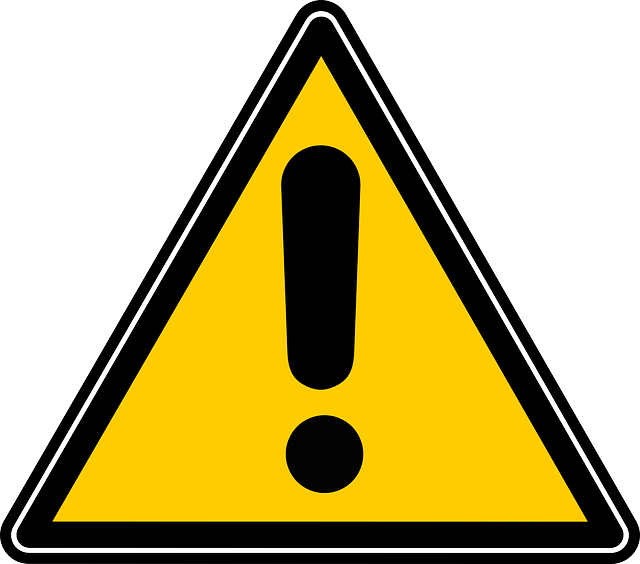
It’s essential not to ignore the warning signs of left arm pain. Left arm pain can be a symptom of heart attacks, and it’s vital to seek medical attention immediately if you experience any symptoms of a heart attack. Other warning signs to look out for include chest pain, shortness of breath, sweating, dizziness, and nausea. It’s always better to err on the side of caution and seek medical help if you’re experiencing any of these symptoms.
Consulting A Healthcare Professional
If you experience left arm pain, especially if it’s severe or accompanied by the red flags mentioned earlier, it’s crucial to seek medical advice immediately. Call 911 or go to the nearest emergency room. Don’t hesitate, as early intervention is vital in potential cardiac issues.
Role Of Medical Evaluations And Tests
Medical professionals will perform evaluations and tests to diagnose the cause of left arm pain. These may include electrocardiograms (ECGs), blood tests, and imaging studies. These tests help determine if the chronic pain is related to a cardiac issue or another medical condition, ensuring appropriate treatment and care.
Managing Anxiety-Induced Symptoms
To manage anxiety-induced symptoms like left arm pain, consider:
- Identifying and addressing stressors
- Regular exercise to reduce muscle tension
- Maintaining a balanced diet
- Practicing good sleep hygiene
- Reducing caffeine and alcohol intake
- Engaging in hobbies and relaxation activities
Relaxation Techniques, Deep Breathing, And Mindfulness
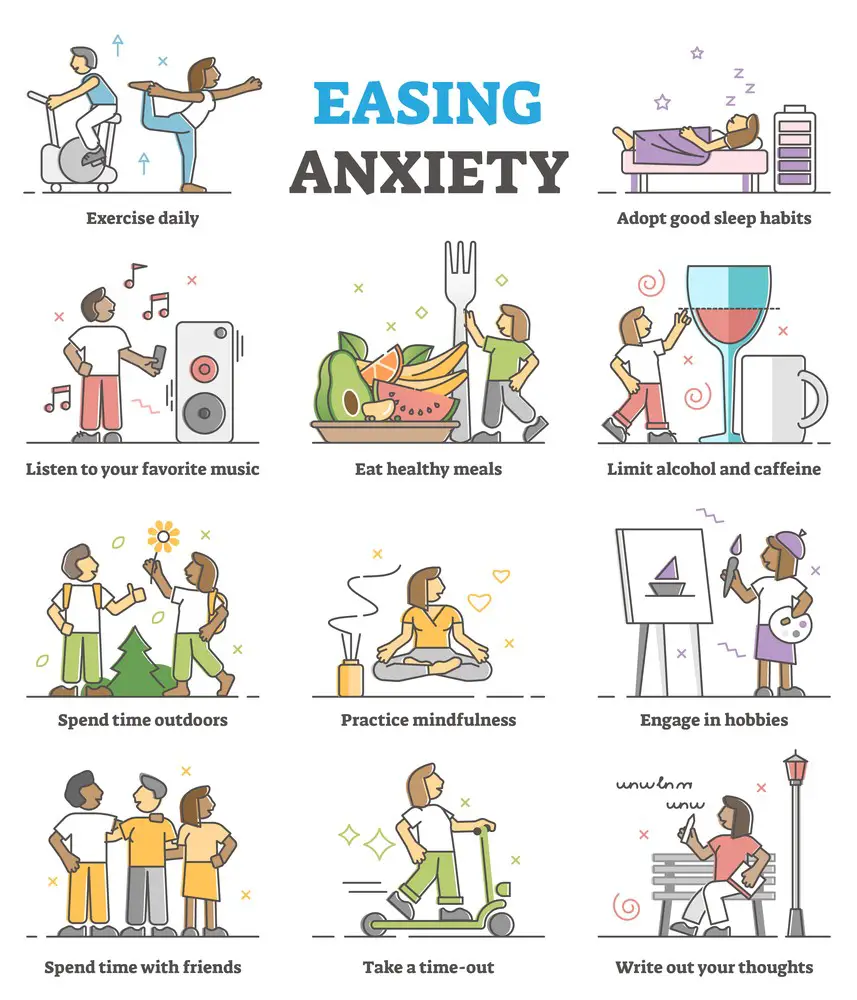
Relaxation techniques, deep breathing, and mindfulness can all be extremely helpful in managing anxiety-induced symptoms, including left arm pain. Relaxation techniques, such as progressive muscle relaxation and yoga, can help to reduce tension and stress. Deep breathing exercises can help to slow down your heart rate and reduce the “fight or flight” response associated with anxiety. Mindfulness practices, such as meditation, can also help you to focus on the present moment and let go of anxious thoughts.
Also Read: How to Deal with Turbulence Anxiety: Overcome Fear for Smoother Flights
Professional Anxiety Management
Mental health professionals, such as therapists and psychiatrists, play a crucial role in managing anxiety. They can provide assessments, support, and evidence-based treatments to address anxiety disorder and their physical symptoms.
Therapeutic Interventions, Cognitive-Behavioral Therapy
Cognitive-behavioral therapy (CBT) is a widely used therapeutic intervention for managing anxiety disorders. CBT helps individuals identify and change negative thought patterns and behaviors that contribute to anxiety. Therapists can work with individuals to develop coping strategies and relaxation techniques to manage anxiety-induced physical symptoms effectively.
 Recognizing the Need for Professional Help: When Anxiety Calls for a Therapist
Recognizing the Need for Professional Help: When Anxiety Calls for a Therapist
As we delve into understanding the complex relationship between left arm pain and anxiety, it’s crucial to recognize when it’s time to seek professional help. Anxiety can manifest in various physical symptoms, including pain in the left arm, which can be both confusing and concerning. In some cases, these physical manifestations are signs that your anxiety might need attention from a therapist. Here’s how to tell when it’s time to reach out to a mental health professional:
- Persistent Physical Symptoms: If you’re consistently experiencing left arm pain alongside anxiety with no clear physical cause, it’s important to consider psychological factors. A therapist can help you understand and manage these psychosomatic symptoms.
- Interference with Daily Life: When anxiety and its physical symptoms, like left arm pain, start to interfere with your daily activities, work, or relationships, it’s a sign that professional intervention may be beneficial.
- Increased Severity and Frequency of Anxiety: If you notice that your episodes of anxiety are becoming more frequent and severe and are accompanied by physical symptoms like left arm pain, it’s crucial to seek help.
- Ineffective Coping Strategies: If the strategies you’re using to manage your anxiety aren’t working and you’re still experiencing symptoms like left arm pain, a therapist can introduce new and effective coping techniques.
- Heightened Concern or Worry: If you find yourself excessively worried about your health due to symptoms like left arm pain, and it’s linked to anxiety, therapy can provide reassurance and coping mechanisms.
- Avoidance Behaviors: Avoiding activities or situations due to the fear of triggering anxiety or left arm pain is a red flag that therapy might be needed.
- Depressive Symptoms: If you’re experiencing symptoms of depression alongside your anxiety and physical pain, it’s important to consult a mental health professional.
- Feeling Overwhelmed: When you feel like you’re unable to manage your anxiety or its physical manifestations on your own, a therapist can offer support and guidance.
Remember, seeking therapy is a sign of strength and self-awareness, not weakness. A therapist can provide a safe space to explore the causes of your anxiety and its physical symptoms, like left arm pain, and work with you to develop strategies to manage and overcome them.
 Journey to Healing: Recognizing Progress in Your Anxiety Treatment
Journey to Healing: Recognizing Progress in Your Anxiety Treatment
When you’re navigating the complexities of anxiety, especially when it’s intertwined with physical symptoms like left arm pain, recognizing signs of progress can be incredibly empowering. These signs are indicators that you’re moving in the right direction, and they can come in various forms:
- Reduction in Physical Symptoms: A noticeable decrease in the frequency or intensity of left arm pain can be a sign that your anxiety management strategies are working.
- Improved Overall Well-Being: Feeling more relaxed, experiencing better sleep, and having a general sense of well-being are all signs that your anxiety levels are decreasing.
- Enhanced Coping Skills: Finding that you’re better able to manage stress and anxiety-inducing situations without escalating to high levels of anxiety or experiencing left arm pain is a clear sign of progress.
- Increased Awareness: Being more aware of your anxiety triggers and understanding how they relate to your physical symptoms, like left arm pain, shows you’re gaining insight into your condition.
- Positive Changes in Thought Patterns: Noticing a shift from constant worry to more positive or realistic thinking is a significant step forward.
- Greater Engagement in Activities: If you find yourself more willing to engage in activities that you once avoided due to anxiety or fear of triggering left arm pain, it’s a good sign.
- Better Social Interactions: Feeling more comfortable and less anxious in social settings can indicate progress in managing your anxiety.
- More Effective Communication: Being able to express your feelings and needs more clearly, especially about your anxiety and its physical symptoms, is a positive development.
- Decreased Reliance on Avoidance Strategies: If you’re relying less on avoiding situations due to fear of triggering anxiety and left arm pain, it shows growth.
- Feedback from Others: Sometimes, others may notice changes in you before you see them in yourself. Positive feedback from friends, family, or your therapist can be an encouraging sign of progress.
Remember, progress in managing anxiety, primarily when it manifests physically, is not always linear. There will be ups and downs, but acknowledging and celebrating these signs of improvement can provide motivation and reassurance that you’re on the right path.
Conclusion
The relationship between left arm pain and anxiety is characterized by anxiety-induced muscle tension and referred pain. Red flags, such as severe chest pain or shortness of breath, should not be ignored, as they may indicate serious medical issues. Managing anxiety-induced symptoms involves self-help strategies, including stress reduction and relaxation techniques, along with professional assistance from mental health professionals, like cognitive-behavioral therapy. Addressing anxiety-induced physical symptoms is essential for overall well-being and mental health.
- Left Arm Pain and Anxiety: Understanding the Relationship - November 23, 2023
- Anxiety Paralysis: Coping with Overwhelming Stress - November 23, 2023
- Anxious vs. Nervous: Differentiating Emotions and Responses - November 15, 2023
This site contains affiliate links to products. We will receive a commission for purchases made through these links.


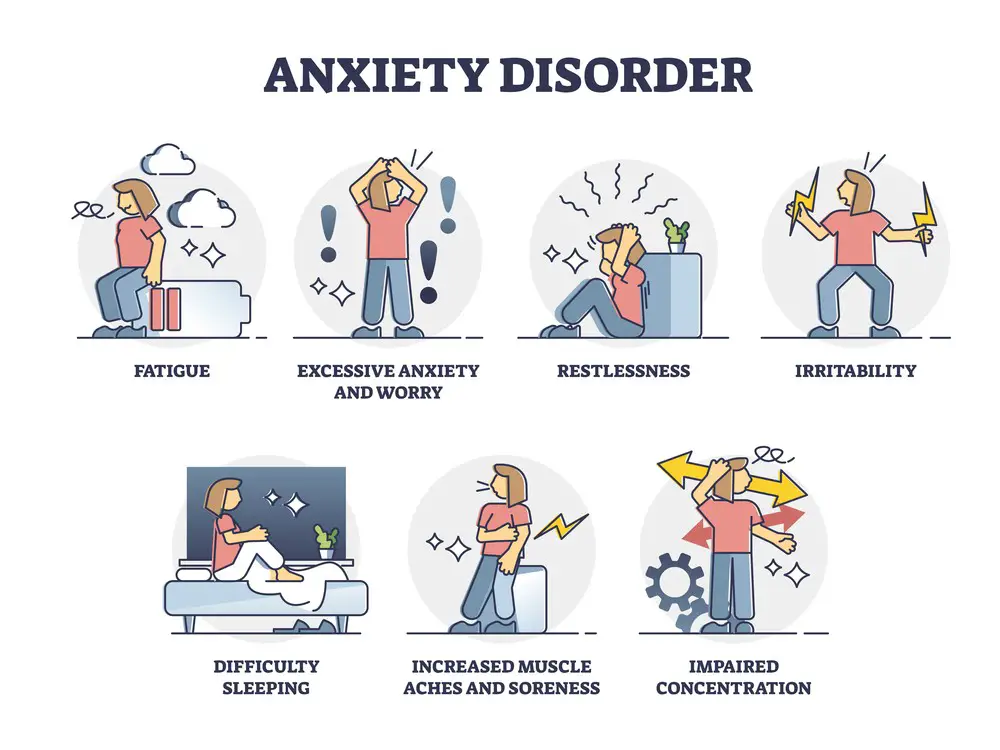 How Anxiety Manifests
How Anxiety Manifests Recognizing the Need for Professional Help: When Anxiety Calls for a Therapist
Recognizing the Need for Professional Help: When Anxiety Calls for a Therapist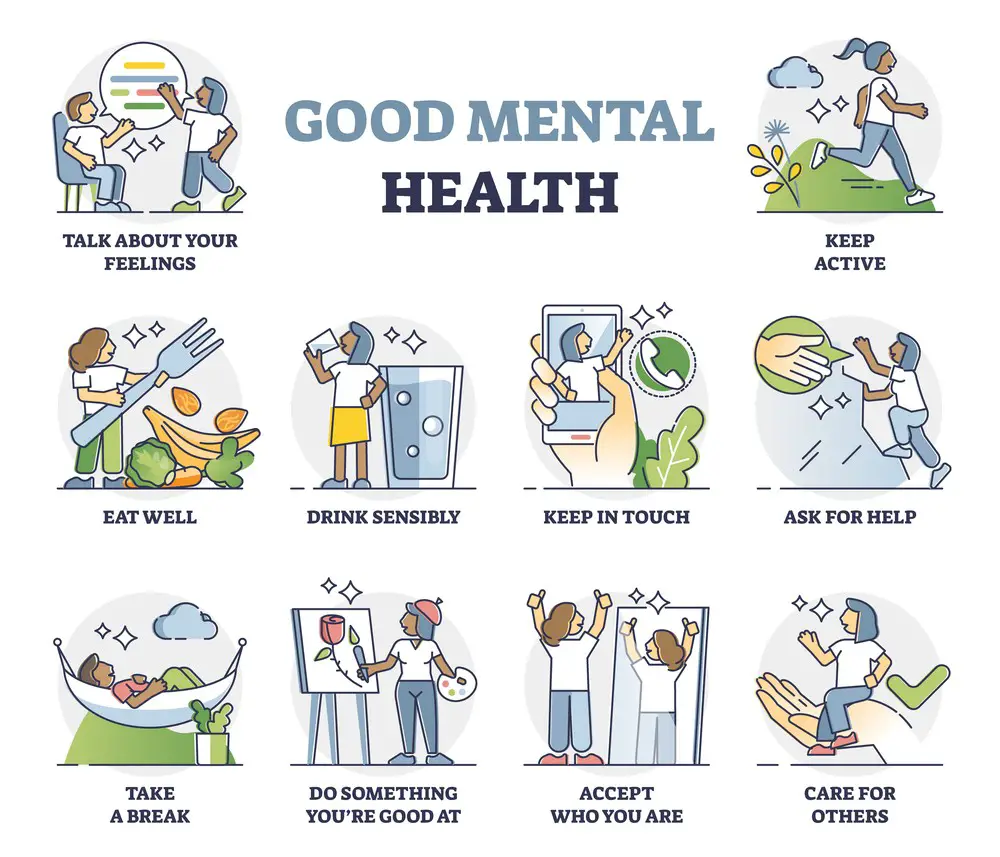 Journey to Healing: Recognizing Progress in Your Anxiety Treatment
Journey to Healing: Recognizing Progress in Your Anxiety Treatment
